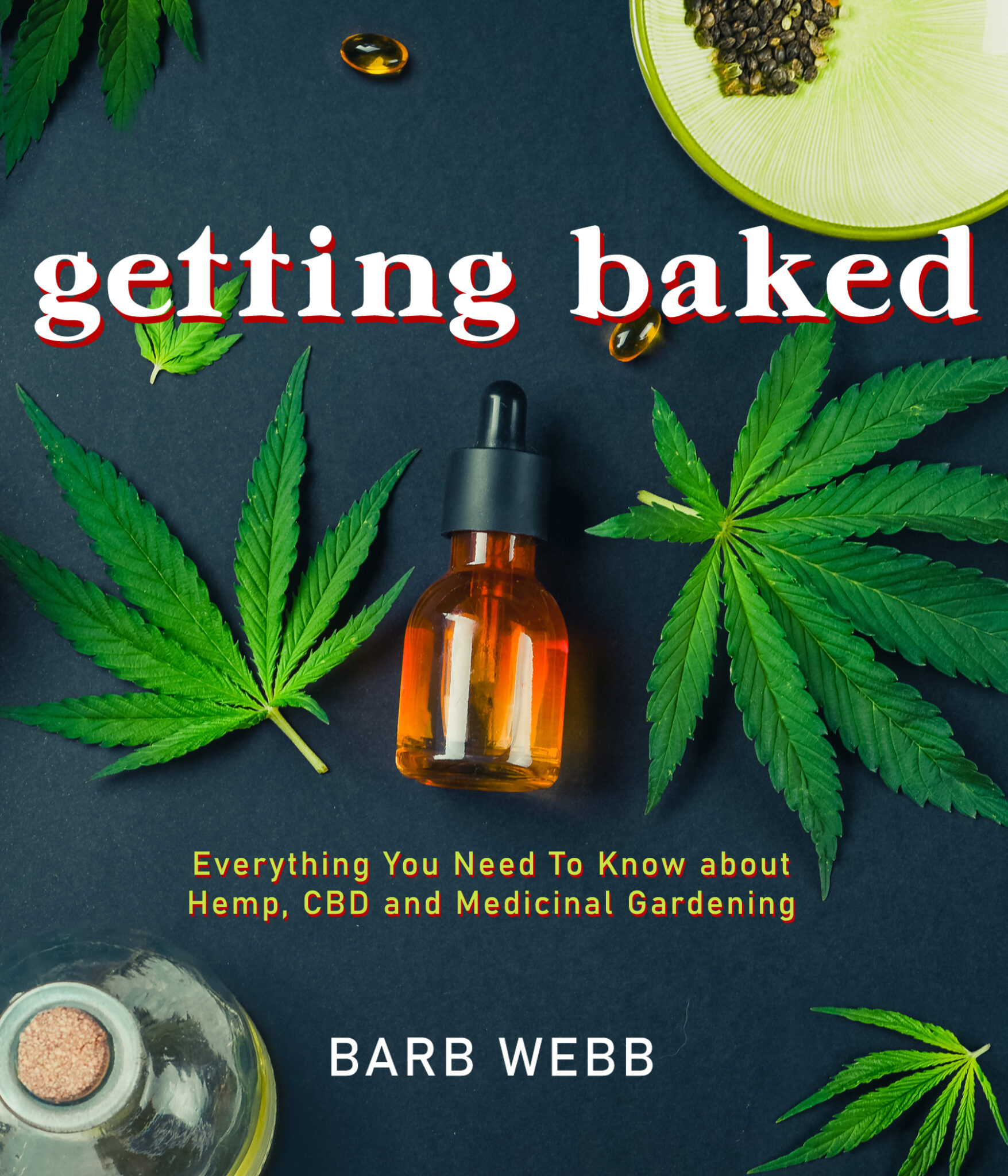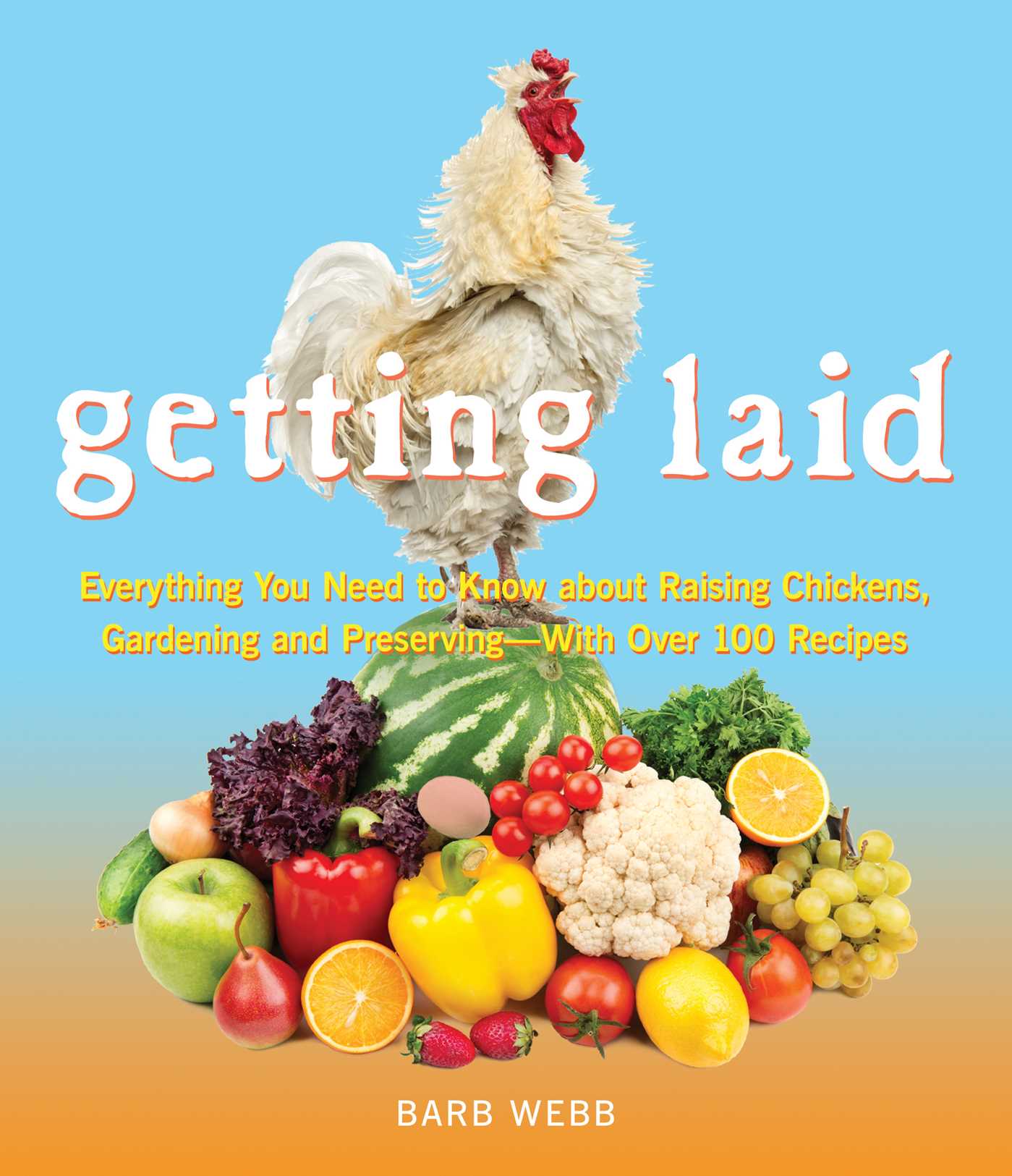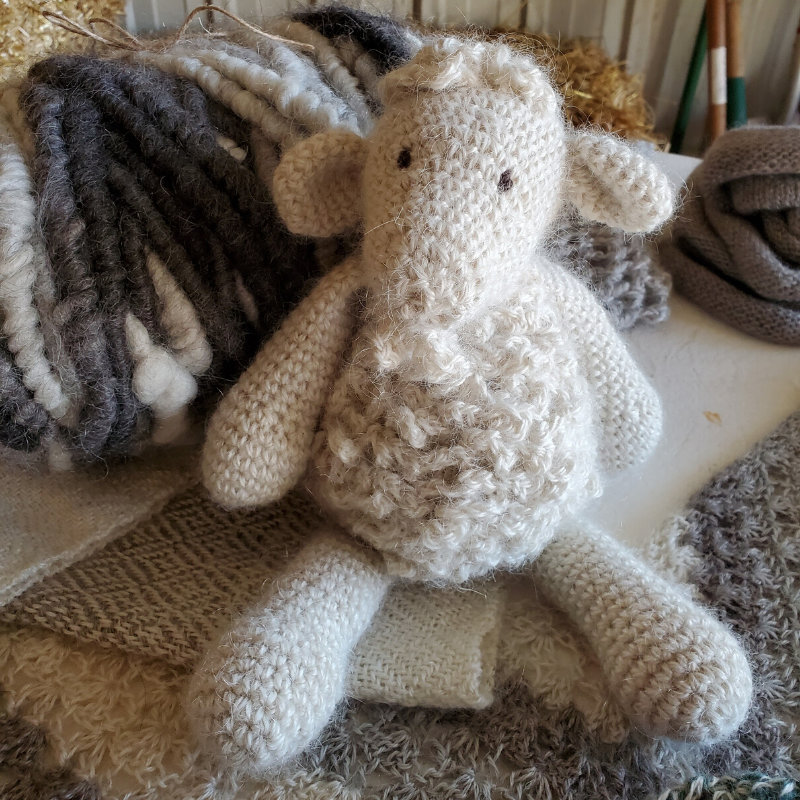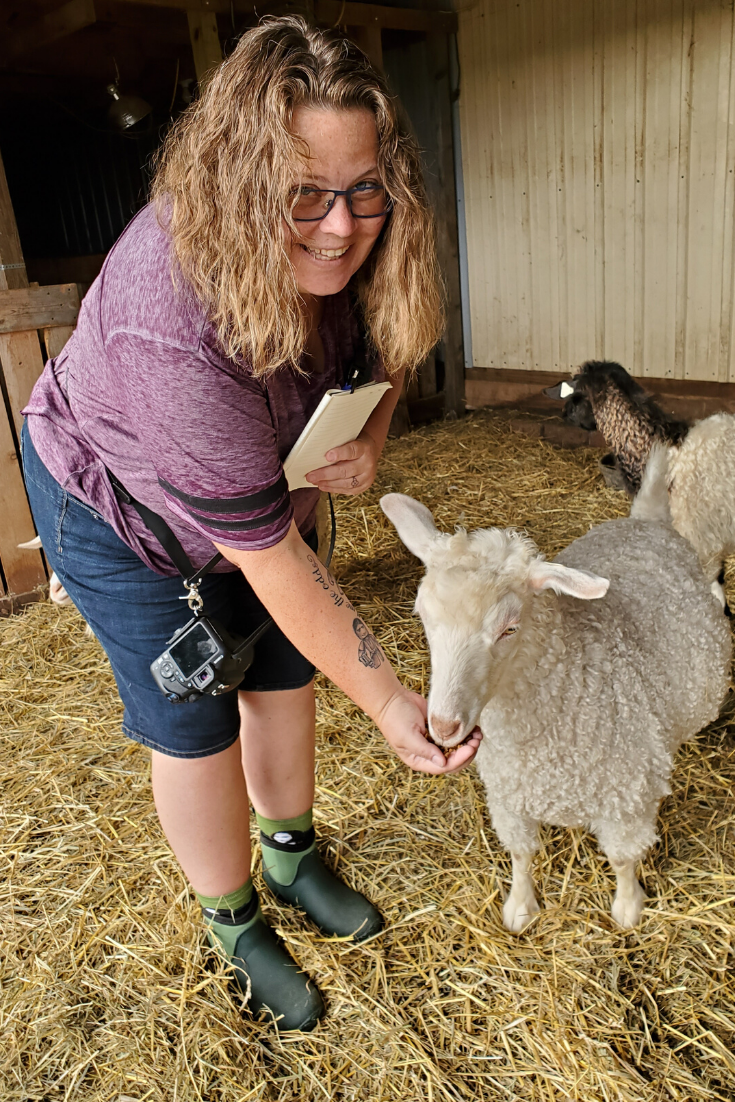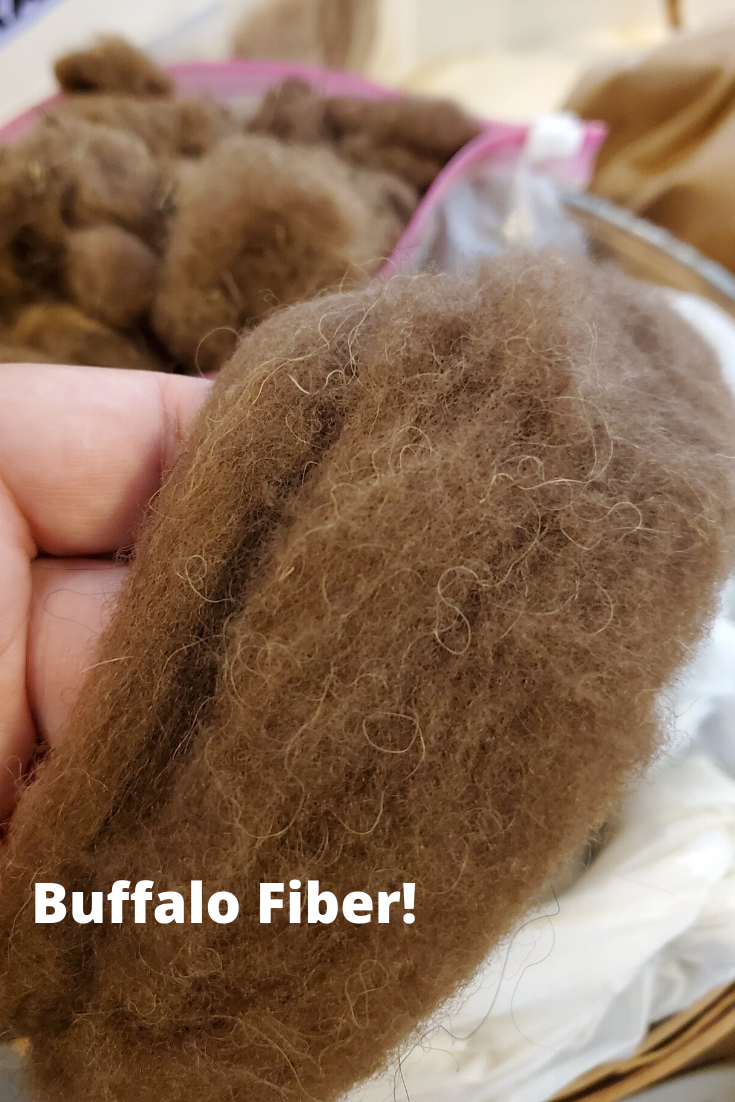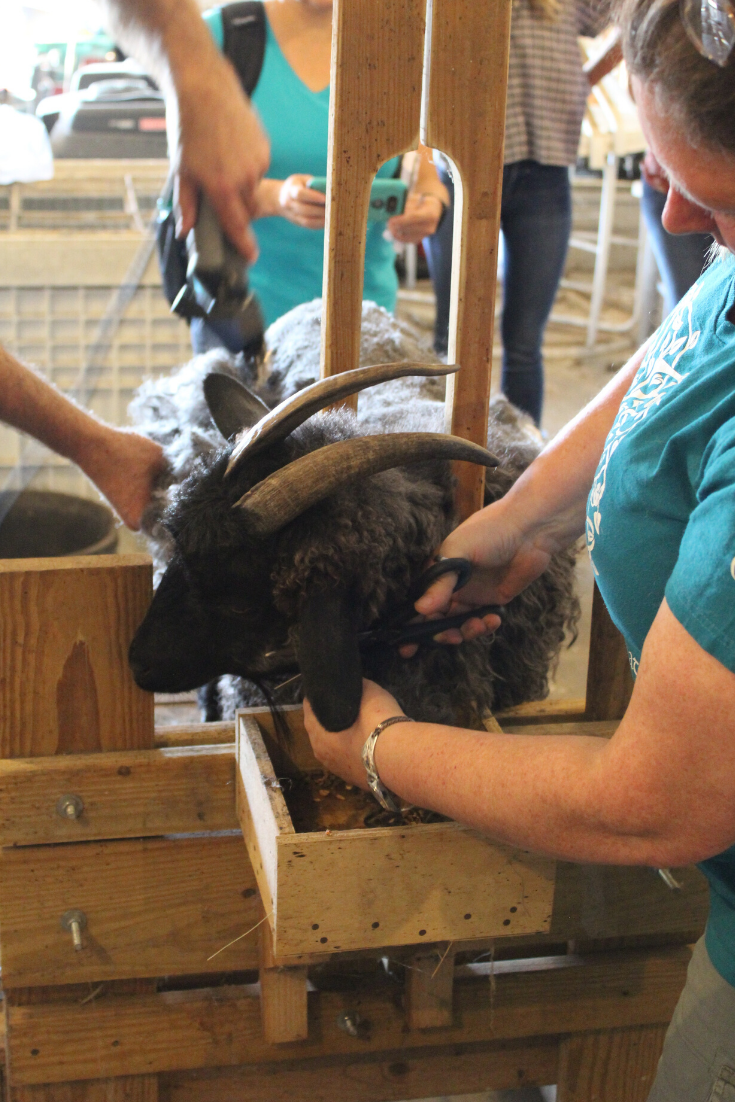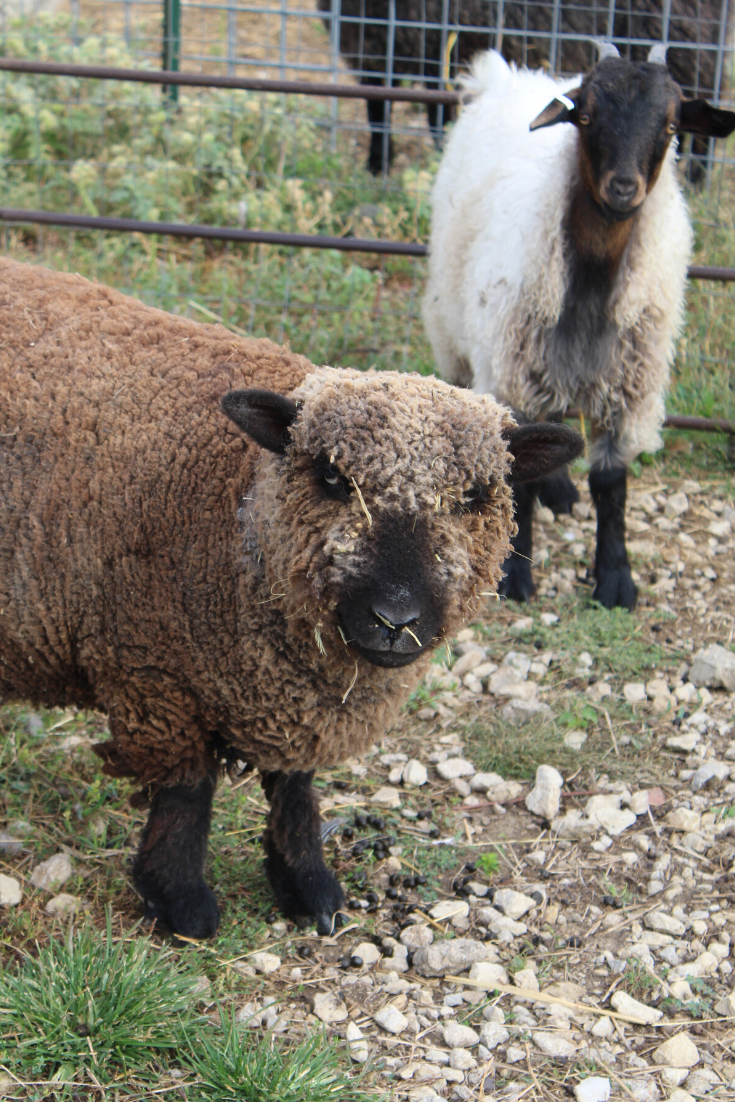My appreciation of fiber arts began the day my grandmother gifted me a crocheted hat and matching scarf for Christmas. Always clever with her designs, she created pockets with a snowflake pattern at the end of the scarf that you could use to warm your hands. Her creative spirit and proficient fiber skills inspire me still.
I’ve never developed my personal fiber skills past loom knitting but I remain intrigued and impressed by the entire fiber arts process.
Recently, on an all-expense paid Farm Food Tour sponsored by the Kansas Farm Bureau and the Kansas Soybean Commission, we dropped in on Rowantree Farm to get an inside view of the entire fiber process. What a treat to visit with this lovely farm family!
Why Pygora Goats?
Collen and Mike McGee, owners of Rowentree Farm, raise Pygora goats. This cross between the pygmy and Angora goats produce super soft fiber that’s comparable to cashmere. In Collen’s experience, Pygora goat fiber can get just as fine as cashmere.
Sheep are most often associated with with fiber production (and you will find a few hanging out at Rowentree,) but some of the most desirable fibers like cashmere and mohair are from goats.
Fibers are produced from other animals, too, such as camels, bunnies and even Buffalo (a surprising fact we learned at Rowentree!) Buffalo hair is collected from the fields where they roam and is commonly used for bedding and weaving rugs.
While the McGees selected Pygora Goats for the start of their fiber farm, they also have Angora bunnies and sheep. They’ve recently talked about adding llamas or alpacas to their farmyard, too.
How is Pygora Goat Fiber Collected?
Goats are gently brushed, trimmed or sheared to obtain the fibers. Each goat at Rowentree Farm produces about 97 to 100 yards of double ply strands.
When you acquire fleece straight from the goat, there are many steps to follow before the fiber can actually be spun into yarn. The process, although is involved, requiring cleaning, sorting (skirting,) and washing. Most often this is done at a mill where it takes approximately 5 days from start to finish.
After the fiber is cleaned through tumbling, washing and drying, next a fiber separator removes the guard hairs. Guard hair are coarse and prickly to the touch. If you are at a craft fair and feel prickly fibers in the yarn, that’s the guard hairs that you are feeling. They are sometimes left in, depending upon the fiber artist’s project and preference.
For home crafters, many shops like Little Hawk Farm sell batts and/or roving. Batts are sheets of clean and carded wool that are ready to be drafted. Roving is wool that has been clean, sorted, carded and drafted and is ready for spinning. With roving you are ready to skip right on over to the spinning step.
From Fleece to Yarn
Fleece often contains a lot of variance in length, so it’s separated for ease of spinning later. This is known as the carding process – often referred to as the “heart of spinning.” Carding opens up the fiber, lines up and blends the fibers.
A spinner is then used to twist the fibers into a single fine thread. Mills generally use large machines to spin and set the twist of the thread. All yarn begins as a single thread. When two single threads are twisted together, it is referred to as “double ply.”
Home crafters spin yarn from batts and roving in a similar way. With batts, the fleece must be drafted first, meaning you loosely tug away some wool to get started. About a half inch wide strips are pinched from the batts and then laid out in preparation for spinning. These strips are be light, airy and easy to pull.
Whether a wheel or spindle is used, the loose fiber strips are twisted and attached to the spindle/wheel to get started. Fibers are help between the thumb and forefinger and twisted until the the yarn starts to coil. The process is repeated until suddenly, you are making yarn!
Making enough yarn to be able to knit or crochet a hat or scarf on your own is a time intensive process. This is why fiber farms, like Rowentree Farm, are such an invaluable resource for natural fiber artists.
Spinning Fibers with Rowantree Farm
Niche farming Pygora Goats is part of the McGee’s retirement plan. They enjoy country living and wanted to find something unique and manageable to raise.
They love what they do and it truly shows! Fiber farming is a joy and passion that has also allowed them to connect with their community in many special ways such as the ability to host school field trip groups, perhaps inspiring future fiber artists and farmers.
After visiting with the McGees and their adorable crew, I’m truly contemplating adding a few goats to our farm. They are such sweet, lovely animals. If I do, it may move me closer to explore fiber arts even more, too. I’d certainly love to be able to create hats and scarfs for my granddaughter someday!
For more information on fiber farming, the McGees suggest checking out the book Raising Animals for Fiber: Producing Wool from Sheep, Goats, Alpacas, and Rabbits in Your Backyard by Chris McLaughlin.

